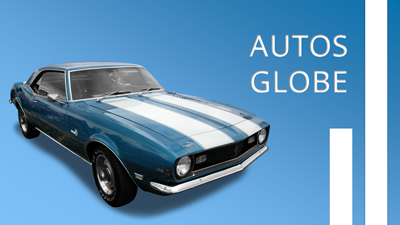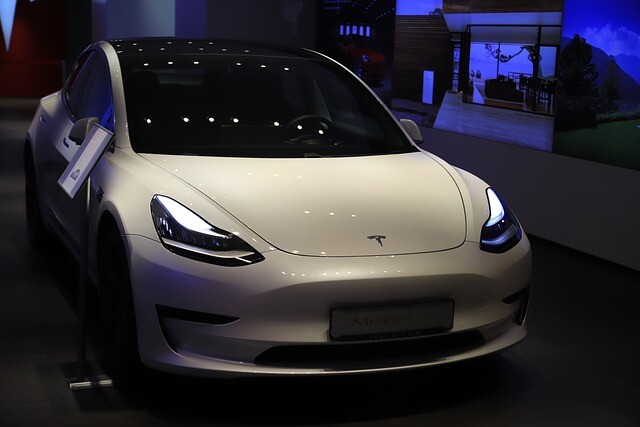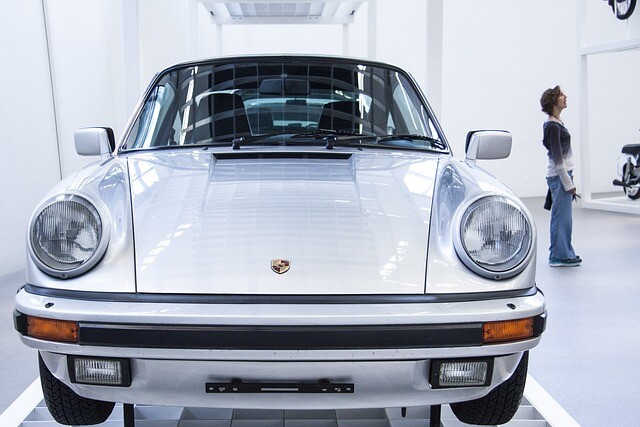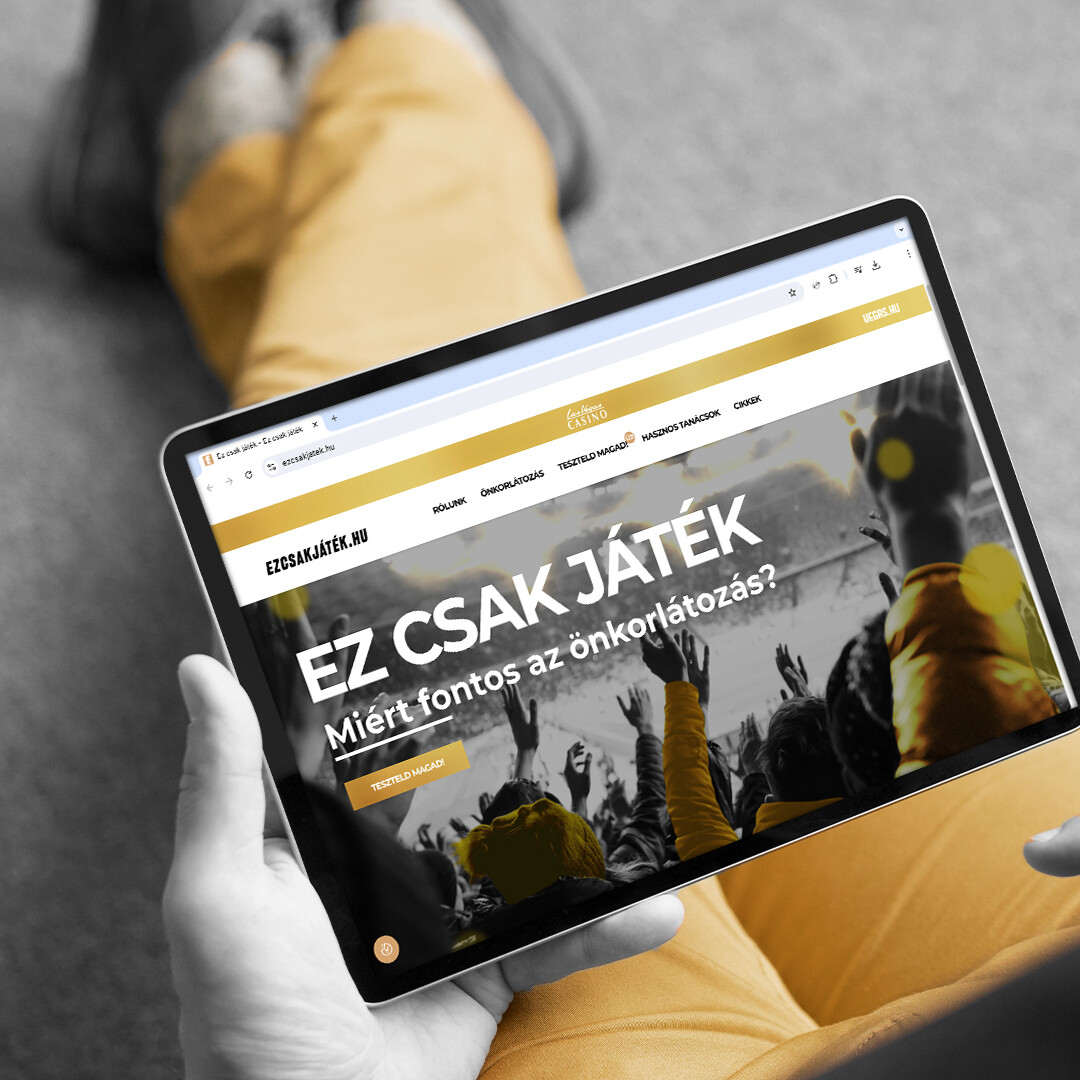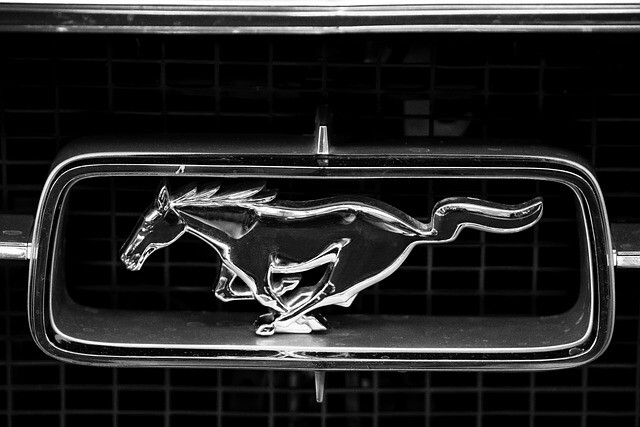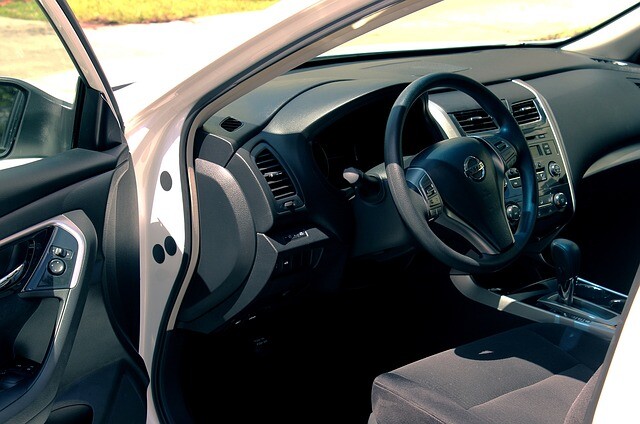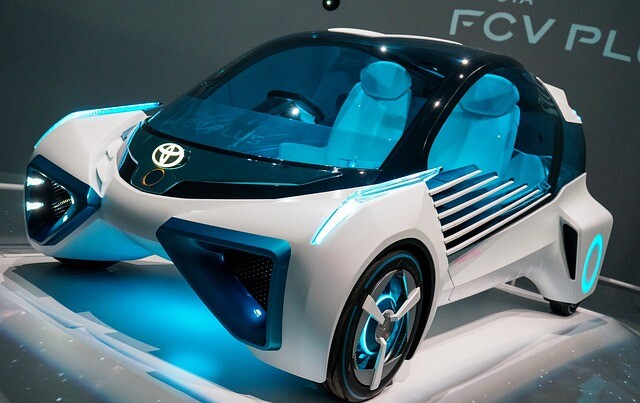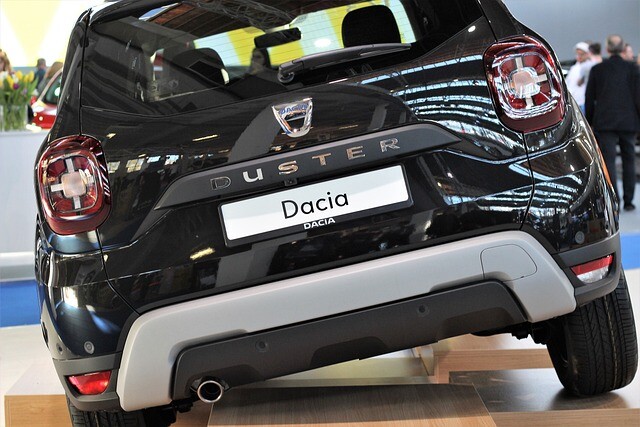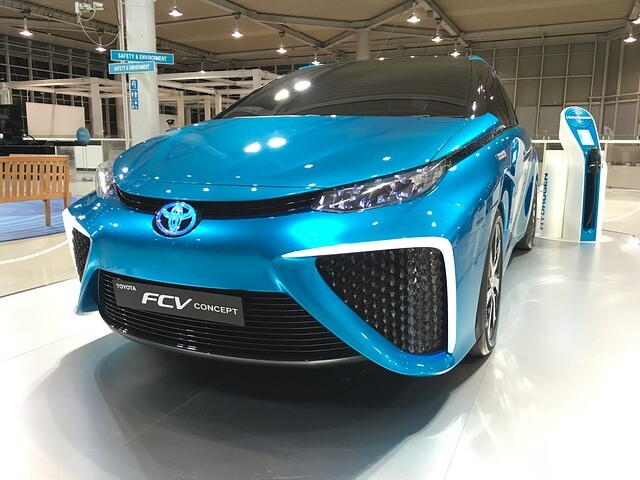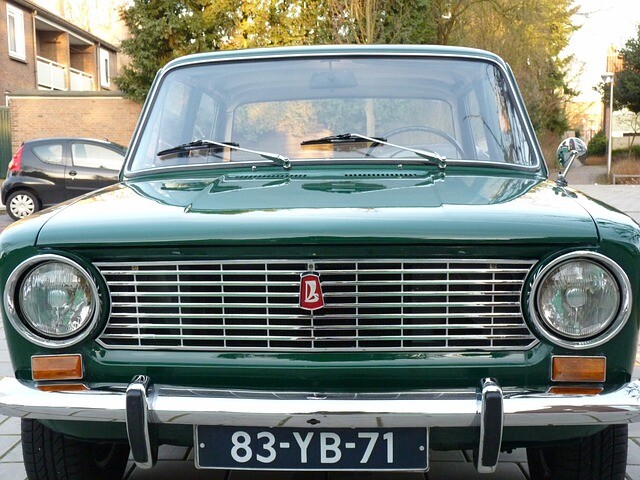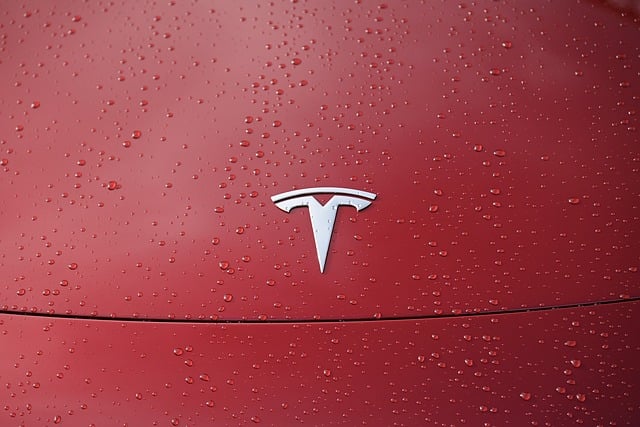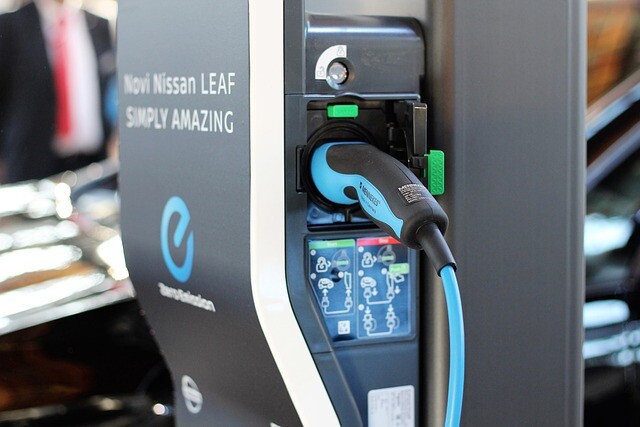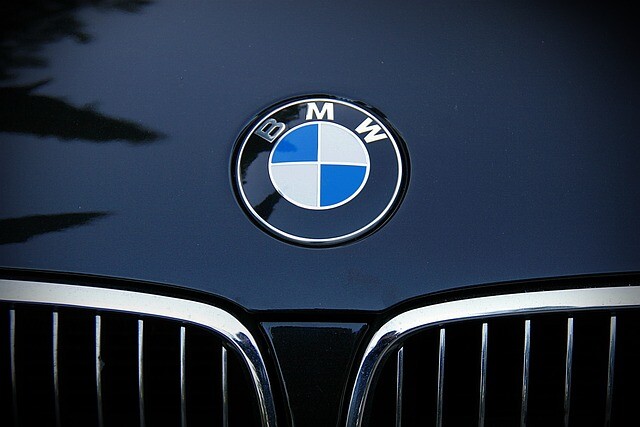Trams can also be displayed in front of the eyes
The technology is already used in series-produced cars. The on-screen display provides better visibility and thus greater safety in difficult traffic situations. The collision warning system as well as the cornering assistant further facilitate the work of the drivers.
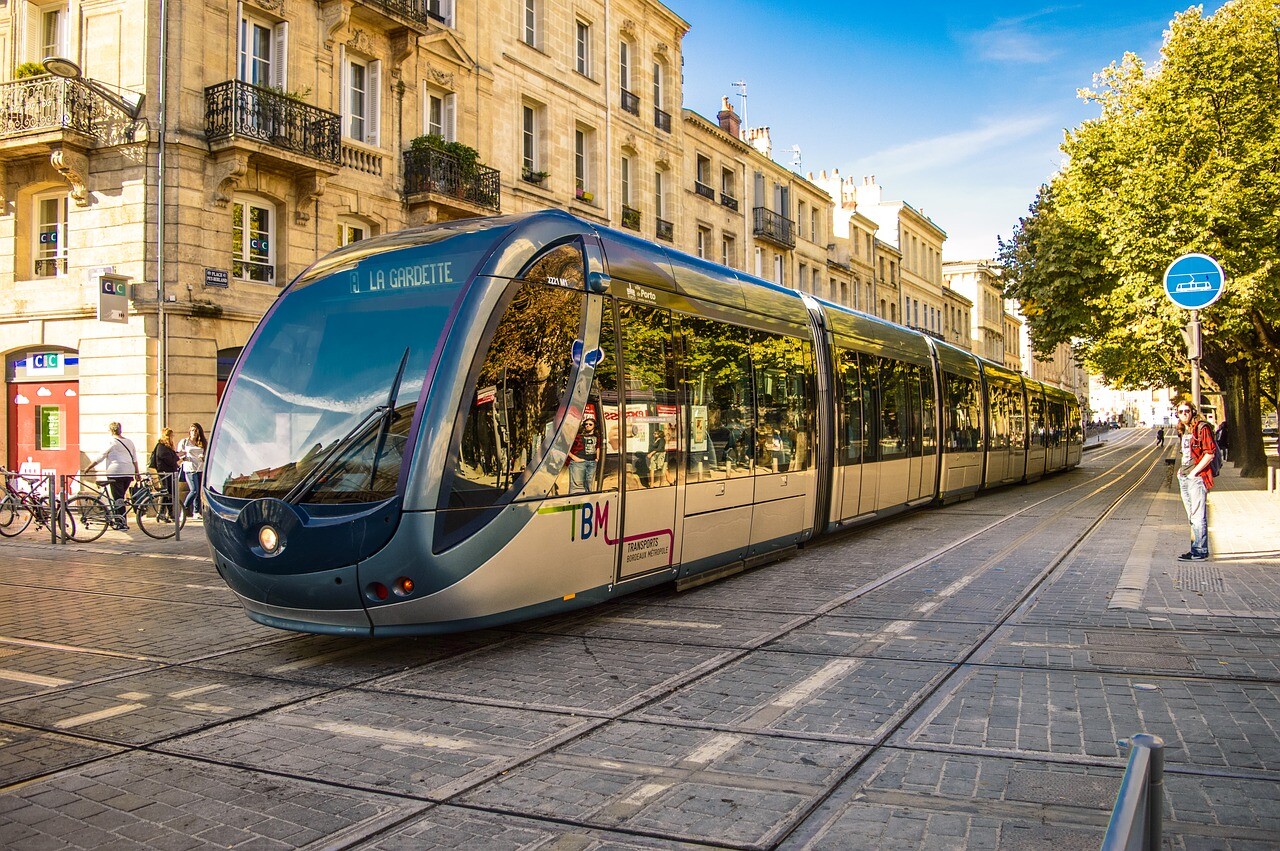
Continental head-up display (HUD) developed for trams. The solution aims to make intra-city transport safer by allowing tram drivers to focus their full attention on road events. This also makes it possible to reduce the number of emergency brakes, for example.
Trams mostly run in crowded and often challenging downtown traffic, in an environment where the number of vulnerable road users is increasing as the popularity of bicycles, electric scooters and mopeds increases. In addition, the use of mobile phones is a distraction for many pedestrians, which, according to transport operators, is leading to more and more accidents, often involving trams.
Augmented reality boundary track
Commissioned by a railway vehicle manufacturer, Continental Engineering Services (CES) is currently working to develop the innovative display, which will be used in Europe from the middle of the year, to a production-ready level. The development center is doing an important pioneering job, as so far there have been no real-world solutions in rail transport.
- Key elements of the display , such as the strong light source, come from the company’s automotive portfolio and are already standard on various models from several major automakers.
“By developing an on-screen display of trams, we are taking a significant step towards greater safety in urban fixed-track traffic. The information previously displayed on the various dashboards can now be placed in the driver's field of vision. This avoids distraction from traffic and makes the journey safer for both tram drivers and passengers, ”explained Christoph Falk-Gierlinger, CEO of CES .
There are significant benefits to using the special solution in fixed track vehicles. As in the automotive industry, the trend is towards larger windshields and, as a result, lower fixed dashboards. In this case, however, the necessary head movements may divert attention from traffic situations. In addition, the eye has to constantly switch between focusing near and far, all of which is extremely exhausting for the driver.
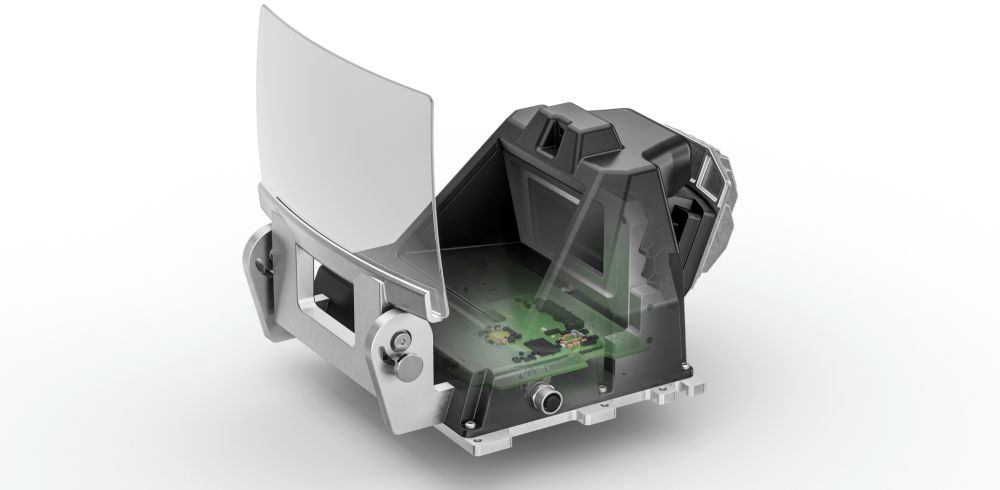
However, the direct projection of vital information into the field of vision, such as warning signs, speed or distance to the next stop, makes driving more comfortable, which also means greater safety. This works because the information is displayed virtually as if it were a certain distance in front of the vehicle. This way, the eye does not have to constantly refocus.
- The new Combiner display displays information on an external transparent screen in the driver's field of vision. In addition to monitoring the road and control display at the same time, the information is displayed so that it always appears at the same distance.
- It is also important that, thanks to the extremely strong LEDs, the projection meets the highest standards of light and image quality, even in bright sunlight.
CES 's rolling stock portfolio also includes other system technology solutions, such as driver condition monitoring, which monitors the driver with a camera, or a frontal or side-collision warning system. These technologies have already been successfully introduced in the passenger and commercial vehicle sectors.
The company’s engineers examined in detail the operation and control of the trams, the technical challenges, and the design of the driving positions to make proper use of the technology. The first step in the project, in collaboration with a railway vehicle manufacturer, was to create an innovative solution that meets the quality standards of the automotive industry and is optimized for rail transport. Additional areas of use are conceivable in the future, as the technology can also be applied to trains, writes iotzona.hu.
(Source: autokalauz.co.hu; iotzona.hu | Image: pixabay.com)
